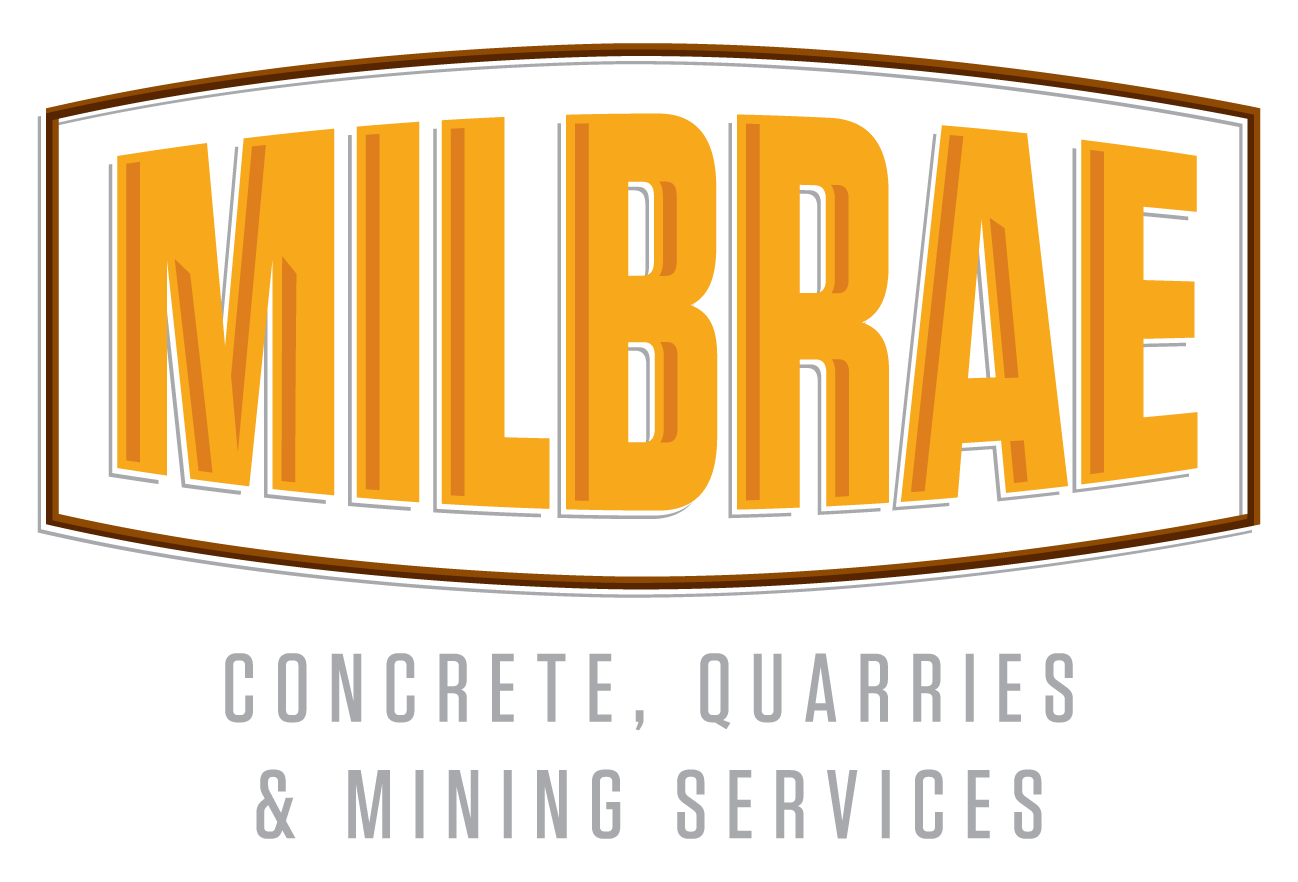Chain of Responsibility
Contents
Preamble
The aim of COR is to make sure everyone in the supply chain shares responsibility for ensuring breaches of the HVNL do not occur. Under COR laws if you are named as a party in the chain of responsibility and you exercise (or have the capability of exercising) control or influence over any transport task, you have a responsibility to ensure the HVNL is complied with.
The law recognises that multiple parties may be responsible for offences committed by the drivers and operators of heavy vehicles. A person may be a party in the supply chain in more than one way. For example they may have duties as the employer, the operator and the consigner of goods.
Legal liability applies to all parties for their actions or inactions.
The below documents are regulator released documents providing a background on COR requirements that Milbrae must follow.
Policy and Procedures Manual
The Chain of Responsibly Policy and Procedures Manual consolidates the below documents below into an overarching document.
Chain of Responsibility Policies
The below policies outline how Milbrae will management its Work Health and Safety requirements in relation to the Chain of Responsibility.
Mass
The HVNL (Chapter 4) imposes obligations on parties in the chain of responsibility (CoR) to take all reasonable steps to ensure that a driver does not commit a mass offence.
Compliance with prescribed mass limits is a critical issue for road safety and asset protection. Total mass limits and axle masses are prescribed by the Heavy Vehicle National Law (HVNL) and the National Regulation.
The mass policy outlines the reasonable steps Milbrae will take to avoid committing a mass offence.
Dimension
The HVNL (Chapter 4) imposes obligations on parties in the chain of responsibility (CoR) to take all reasonable steps to ensure that a driver does not commit a dimension offence.
Dimension requirements for heavy vehicles are set out in the Heavy Vehicle National Law (HVNL) and the National Regulation. Compliance with dimension requirements is a critical road safety and asset protection issue.
Load Restraint
Under the HVNL, it is an offence to drive a heavy vehicle on a road when the vehicle or its load does not comply with the loading requirements applying to that vehicle.
If a vehicle’s load is unsafe because it’s poorly placed or inadequately restrained, it is not only putting the drivers own safety at risk but also that of other road users, the general public and the environment.
Speed
Parties in the chain of responsibility (CoR) have a legal obligation under the Heavy Vehicle National Law (Chapter 5) to take all reasonable steps to ensure that a driver of a heavy vehicle does not commit a speeding offence.
Heavy vehicles are limited to a maximum speed of 100 km/h if no lower limit applies.
Specified heavy vehicles are required to be fitted with a speed limiter. The information contained here shows how Milbrae is taking reasonable steps to meet its requirements under CoR legislation.
Fatigue
Drivers of fatigue-regulated heavy vehicles, with some exceptions, are subject to prescribed work and rest times. The Heavy Vehicle National Law (NSW) (HVNL), Chapter 6, provides for three fatigue management options: Standard Hours; Basic Fatigue Management (BFM); and Advanced Fatigue Management (AFM).
While adherence to prescribed work and rest times is important, the overarching obligation on the driver and all CoR parties is to ensure that the driver does not drive if she or he is impaired by fatigue.
Parties in the chain of responsibility (CoR) are under an obligation to take all reasonable steps to avoid a fatigue breach by a driver of a fatigue-regulated heavy vehicle. The information below shows how Milbrae is meeting its requirements under the legislation.
Vehicle Standards – Maintenance
Unsafe or defective heavy vehicles, for example, a heavy vehicle with faulty brakes, may cause serious injuries and fatalities to drivers and other road users if involved in a motor vehicle incident, or damage to road infrastructure and the environment.
The below documents show how Milbrae meets its maintenance requirements under chain of responsibility laws.
Non-Conformance Reporting
Non-Conformances (NCR‘s) are raised whenever a breach of the Company Chain of Responsibility Policy and Procedures or the legislation occurs. An NCR can be for a number of things — Mass, Dimension, Load Restraint, Speed and Fatigue etc., and can be raised at any time during the year or in the course of annual Review.
Review and Auditing
Reviews or Internal Audits are to be conducted no less than annually to assess and report on any CoR elements that may require amendment.
Reviews provide a chance to assess the ongoing compliance of forms and documentation in use and identify any changes to legislation and make the appropriate changes. Any changes made should be recorded on amendment register.
Inductions
It is vital that employees are aware of their Chain of Responsibility responsibilities before commencing their employment with Milbrae, the Inductions Policy outlines how this will be undertaken.
Training and Education
All parties in the chain of responsibility must be trained and informed of their obligations, the below documents outline how this will be undertaken.
Driving Assessment
Driving assessments will be undertaken to ensure employees are competent to operate heavy vehicles.
Toolbox Meetings
Sub-Contractor Management
The below documents outline how Milbrae will interact and engage sub contractors.
Risk Assessments
Risk assessment forms a vital part of the chain of responsibility, the below documents outline how risk assessments shall be undertaken.
Safe Work Method Statements
Milbrae shall develop safe work method statements to provide clear and safe procedures for drivers to follow whilst undertaking deliveries.
Incidents and Accidents
All chain of responsibility incidents shall be reported and investigated as per the following procedures.
Dangerous Goods
Where Milbrae carts dangerous goods, the following document shall be followed.
Supplier / Contractor Management
Below is a sub-contractor pre-engagement form.


